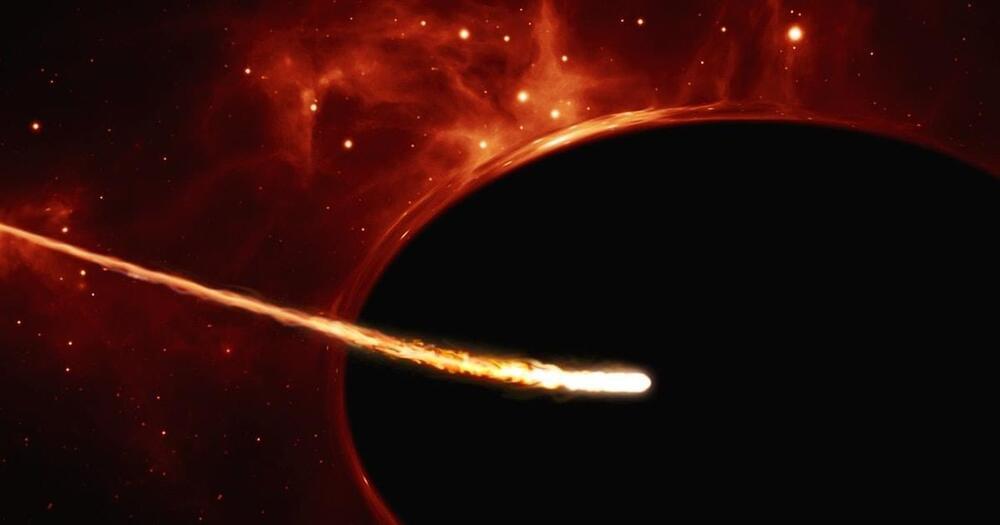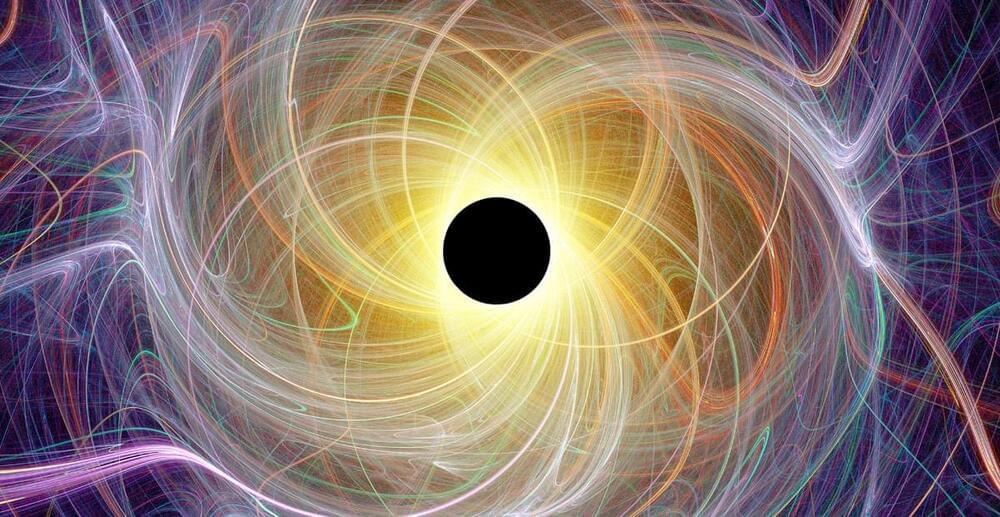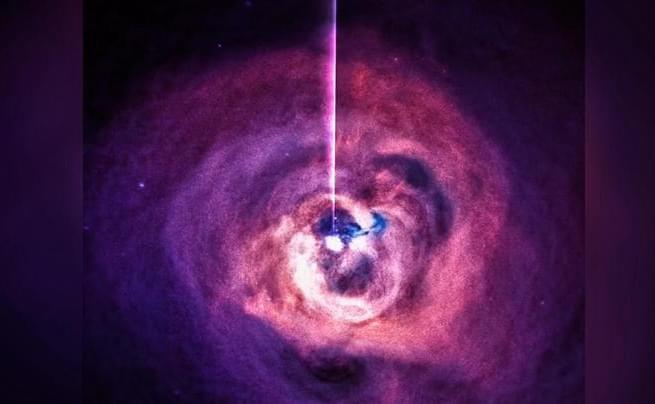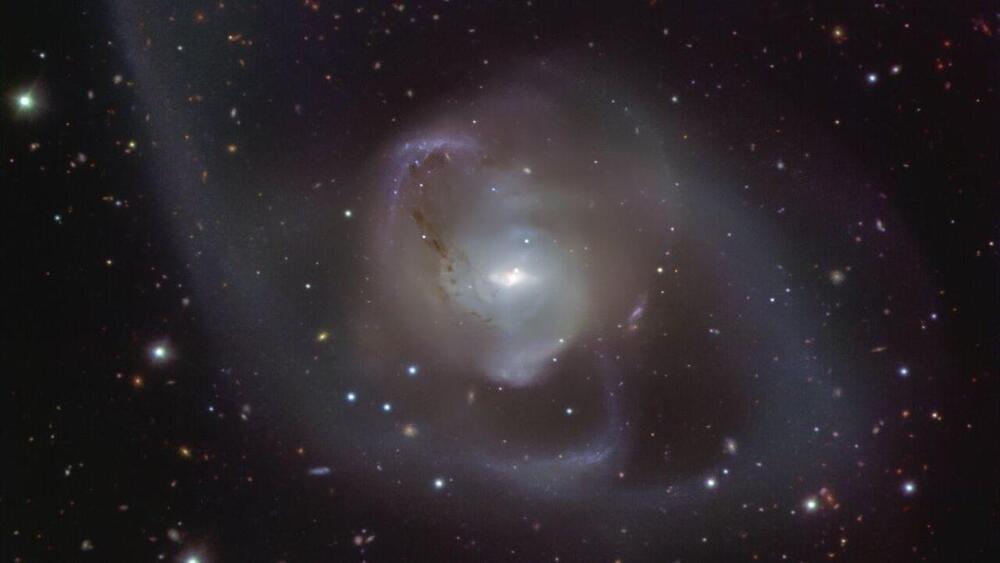Half a mile-deep lab is shielded with 100 tons of steel.
A gold mine located over half a mile (one km) underground in Victoria, Australia, has been converted into the Stawell Underground Physics Laboratory to study dark matter, a press release from Australia’s Nuclear Science and Technology Organization (ANSTO) said.
Scientists believe that dark matter, the invisible substance largely unknown to mankind, makes up 85 percent of our universe’s mass. To know more about it, scientists have been building dark matter detectors, and one of the “most sensitive” detectors delivered some significant results last month.
As with all things in science, one does not just stop with one data record.
A kilometre under the ground in Stawell, in the Northern Grampians in Victoria, a team of Australian scientists have put the final touches on an underground lab that will help us understand the nature of our universe.
Stage 1 of the Stawell Underground Physics Laboratory was officially opened today. It will be home to multi-disciplinary scientists from five research partners who are searching for evidence of dark matter.







